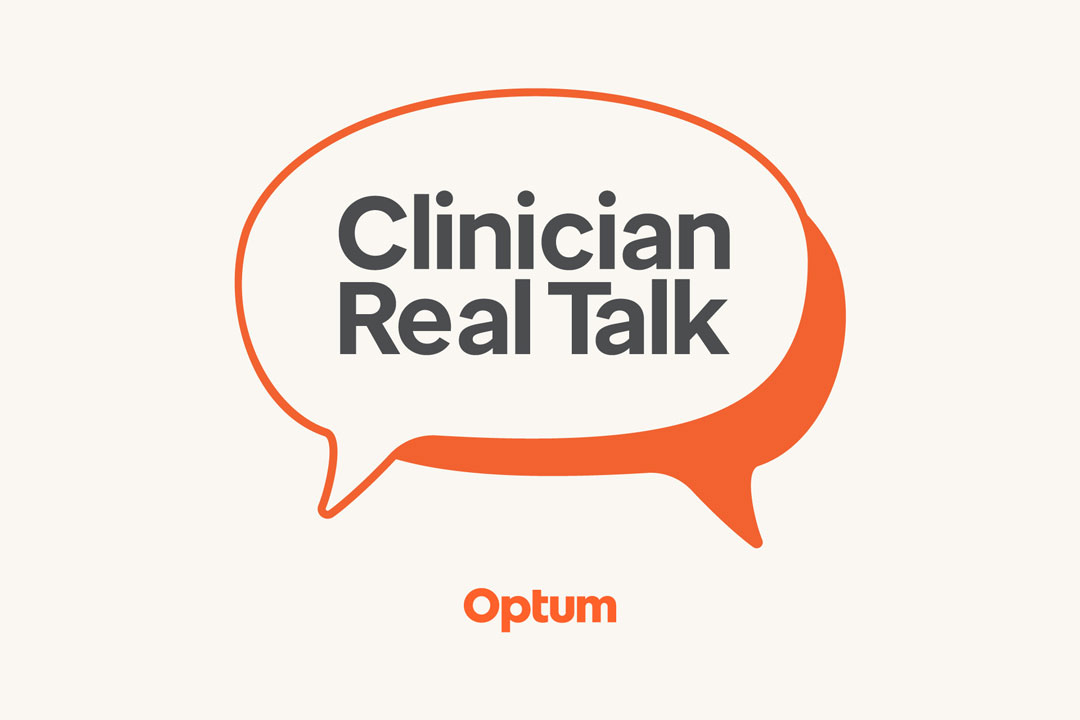The problem:
Mental health struggles are stigmatized, making it daunting for those suffering to self-report their MMH symptoms.
How payers can help:
Health plans are in a unique position to intervene during the prenatal and postnatal periods, given the far greater volume of healthcare utilization that occurs during that time.
The moment an ob/gyn confirms a pregnancy, the health plan should start sharing information with the member. They should cover everything from typical signs of MMH difficulties to an easy, personalized path for seeking support.
Reminding members that MMH disorders are both common and treatable doesn’t just raise health literacy and boost the odds that they’ll seek help. It also drives home the message that MMH symptoms are as natural as morning sickness and should carry no more stigma than that condition.
Using comprehensive health information and robust data analytics, health plans may also be able to identify members at elevated risk of MMH conditions. While MMH conditions can affect anyone, research shows that the following can increase risk:8
- Certain health conditions, such as a previous history of depression
- Behaviors such as perinatal smoking
- Circumstances such as job loss
Researchers at the University of Virginia School of Medicine found that women over age 40 who have twins are at markedly higher risk for postpartum depression.9 And a 2023 study found that parents who conceived after IVF treatment also had a higher risk.10
By understanding who is at heightened risk, plans can trigger timely screenings, ensuring that members get the care they need as early as possible. They may also proactively connect them with a case manager who can guide them to available resources and serve as a 24/7 point of contact.
How employers can help:
While most employees desire more support with — and more discussions of — mental health at work, less than half feel their mental health is treated as a priority at their current company.11 Employers must make it clear that mental health difficulties are both understood and supported within the working environment.
What might that look like? Managers reiterate to direct reports that taking time off to deal with mental health troubles is not only acceptable but encouraged. They also offer an employee mental health benefit and ensure that benefits across the portfolio take a whole-person approach to health.
IVF coverage is great, for instance, but even better are fertility benefits that cover clinically guided support to help reduce stress and anxiety throughout the process.


![Join Us In Supporting Those Who Serve [Infographic]](/content/dam/optum-dam/images/business/insights/military-reunion-1080x720.jpg)
